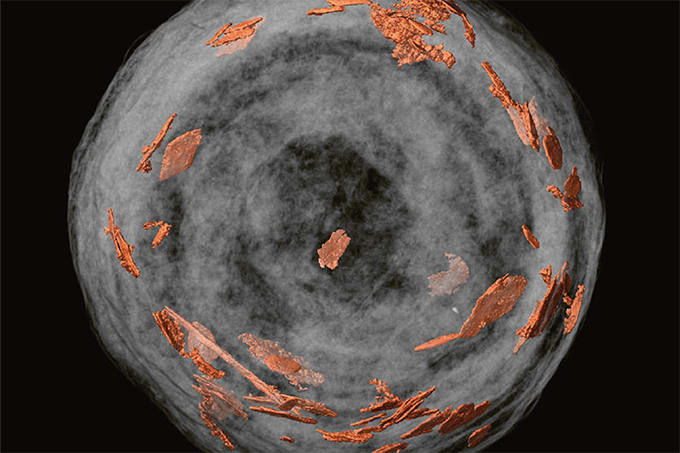What? Researchers from Australia have shown that the chemicals found inside red blood cells can act as a catalyst for the synthesis of plastics. How? In one of the more unexpected concoctions we’ve seen, Greg Qiao and his team from the University of Melbourne combined sheep’s blood and N,N’-dimethylacrylamide, before adding the enzyme glucose oxidase and leaving the mixture in a sealed vial. They then analyzed the mixture at intervals using proton nuclear magnetic resonance (1H NMR) and size-exclusion chromatography (SEC), discovering that “smooth polymerization” was observed in under 45 minutes (1). Polymerization is triggered when glucose oxidase produces hydrogen peroxide – releasing hydroxyl radicals from the heme group. Why? The researchers hope the technique could one day allow improved in vitro cell engineering.
References
- A Reyhani et al., “Blood-catalyzed RAFT polymerization”, Angew Chem, [Epub ahead of print] (2018).




